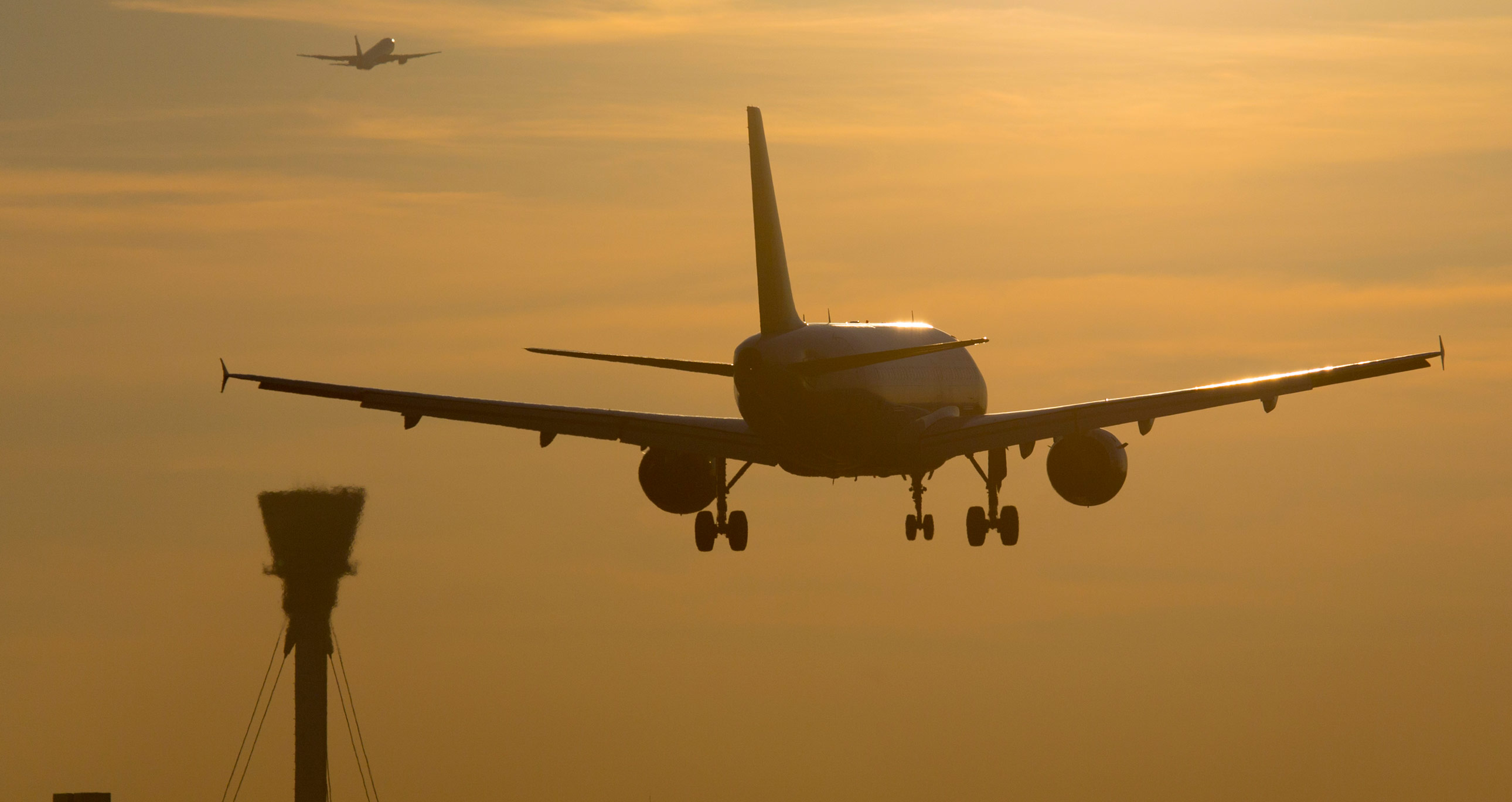ASSOCIATED ISSUES
The UK Royal Commission called air transport “the most heavily-polluting form of transport on earth”.
The Airbus A380, whose engines are manufactured by Rolls Royce, use as much energy as 3,500 cars on a single transatlantic flight, carrying 525 people, that equates to more than 6.5 cars per passenger per flight.
Airplanes have incredibly high levels of energy consumption and CO2 emissions due in large to the burning of highly toxic jet fuel. Burning the fuel produces Carbon Dioxide (CO2), Nitrous Oxide (NOx), Sulphates, and various other particulate matter. The fact that these pollutant are produced in high altitudes (stratosphere) greatly increases their global warming impact as it is calculated that the pollutants are 30 times worse when released here rather than on the ground . This combined with other ‘on the ground’ factors makes aviation responsible for an estimated 5% of global climate pollution, as air traffic increases, so does the volume of pollutants and the impact on global warming.
Friends of the Earth research, based on the Government data, shows how Ministers’ airport expansion plans show that climate change emissions from the UK aviation industry will soar by 350% from 1990 to 2030.
Air Pollution poses a serious threat. The limit values laid down by the EU Directive are non-negotiable, and are already being exceeded around Heathrow. Values are set for a range of pollutants, measured over several different time spans, but it is the annual mean concentration of nitrogen dioxide that is being exceeded at the airport and across sizeable areas of Hillingdon and Hounslow, with a high risk of exceedences in Spelthorne.
Nearby Heathrow, tests in residential areas near the busy A4/M4 corridor have found air quality consistently below World Health Organisation (WHO) guidelines.
Aviation is the fastest growing cause of climate change.
In a 2010 article published on the National Geographic website titled “There’s a new fear of flying: You’re more likely to die from exposure to toxic pollutants in plane exhaust than in a plane crash, a new study suggests.” it is mentioned that over the past either to nine years that airplane crashes have killed on average almost a one thousand people a year, whereby new research claims that airplane emissions have killed or lead to the death of almost ten thousand on average in each of those years.
When research was initially performed on airplane emissions it was beleived that people were only harmed by emissions produced during taxiing, take off and landing, i.e any time when the engines were on and the plane was below 3,000 feet. Whilst the new research claims:
“We found that unregulated emissions from [planes flying] above 3,000 feet [914 meters] were responsible for most of the deaths,” Steven Barrett, an aeronautical engineer at the Massachusetts Institute of Technology in Cambridge.
Airplane exhaust, like car exhaust, contains a variety of air pollutants, including sulfur dioxide and nitrogen oxides.


